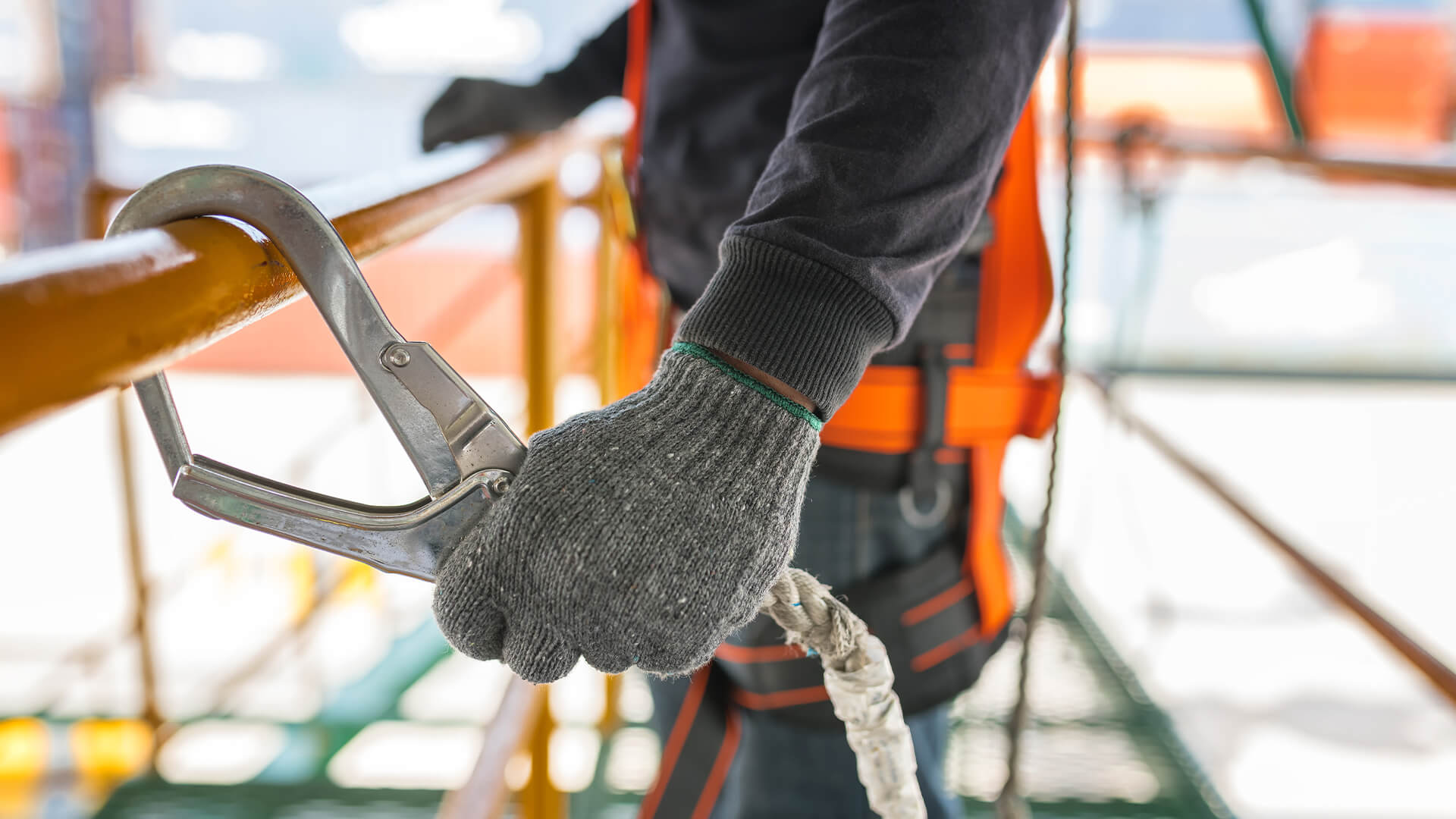According to the International Labour Organization (ILO), 340 million workers succumb to work-related accidents every year. The construction industry contributes the most to that figure. Given the numerous hazards present in a construction setting, that’s easy to understand. For instance, construction workers regularly climb scaffolds, ladders, and platforms to complete their job. On elevated surfaces, many things could go wrong, including the most obvious, which is falling.
On that note, it’s crucial to put in place accident prevention policies and measures that bring construction workers’ safety front and centre. That is even when they have to go up danger zones.
Assess and mitigate risks
The first step in risk prevention is hazard identification. You can only figure out which way to go about your safety policy once you reliably understand how it is on the floor. Or how it is on an elevated surface, to be more accurate. So, conduct a thorough survey with the rest of your safety team.
See if sufficient safety gears are used by your workers when working at heights. Assess their level of commitment to safety protocols, too. Make sure no one’s horsing around.
Remember that 60% of fatalities linked to work from heights involve falls. That’s the first danger you have to account for.
After risk assessment, identify precautionary measures. Follow a hierarchy of control strategies, such as the following:
- Avoidance – Work at height only when it’s essential.
- Prevention – Use reliable access equipment.
- Mitigation – Use additional safety measures such as nets or soft-landing systems.
Install a safe access point
Accidents related to working from heights can happen as early as ingress. That is why you need a safe access point. That is where fixed ladder requirements come in. These requirements may differ depending on your home country’s policies. However, the gist of the protocol is pretty much uniform. That is to avoid falls or mitigate their impact should they happen.
Here are examples of fixed ladder requirements:
- Fixed ladders must be made with a non-corrosive material.
- Ladder rungs should measure 16 inches in width.
- Cageless ladders must have at least 15 inches of clear width.
- Fixed ladders must be complemented with a fall protection system once they extend beyond 24 feet.
- Fixed ladders must be supplemented with a landing platform once they extend beyond 50 feet.
- Fixed through ladders should have side rails allowing between 24 and 30 inches of clearance.
- Grab bars should poke out 42 inches above the landing platform/access level.
- The closest permanent object to the ladder should be at least seven inches away.
Provide fall protection systems
Sometimes, no matter how thoroughly you’ve accounted for safety, accidents still happen. In terms of working from heights, the most common of those accidents is falling. That may be caused by slippery surfaces, unprotected edges, and floor holes, among other scenarios. This is where fall protection systems come in.
Fall protection systems can be as simple as a yellow strap attached to the ladder’s bottom or a red strap attached to the top. Those stabilize the equipment. More elaborate systems also exist, such as tether tracks, guard rails, rigid rails, and anchors.
Secure tools used at heights
It’s vital to secure heavy machinery. For example, inadequately maintained or improperly operated cranes might pose dangers to construction workers. One possible scenario is for the machine to encounter technical problems while at work, compromising the safety of the people in its vicinity.
Tools used at height must be secured too. Another leading cause of injuries in the construction industry is falling objects. Workers on elevated surfaces must wear non-slip gloves and other safety gear. Meanwhile, those on the ground should always have their hard hats on.
Train personnel accordingly
Keep abreast of new safety rules issued by relevant government institutions. As soon as updates emerge, retrain your staff. Make the information accessible to everyone.
When introducing new machinery and methods, conduct supplemental training, too. This way, everyone understands whatever changes are at play at the construction site, thus minimizing accidents due to misinformation.
Wrapping Up
As a construction or safety manager, it’s in your best interest to subscribe to strict safety protocols. It’s also imperative that the policies in place align with official regulations.
Remember that accidents that happen within the workplace results in your culpability. Aside from the damages, you might have to pay an aggrieved party. You also risk losing your permit to operate. That is on top of the deterioration of morale among your staff, should they witness a fatal fall. When that happens, work quality is bound to suffer.
So, get proactive to spare yourself from those troubles. As the adage goes, an ounce of prevention is better than a pound of cure. As cliche as that may sound, it makes absolute sense.

































